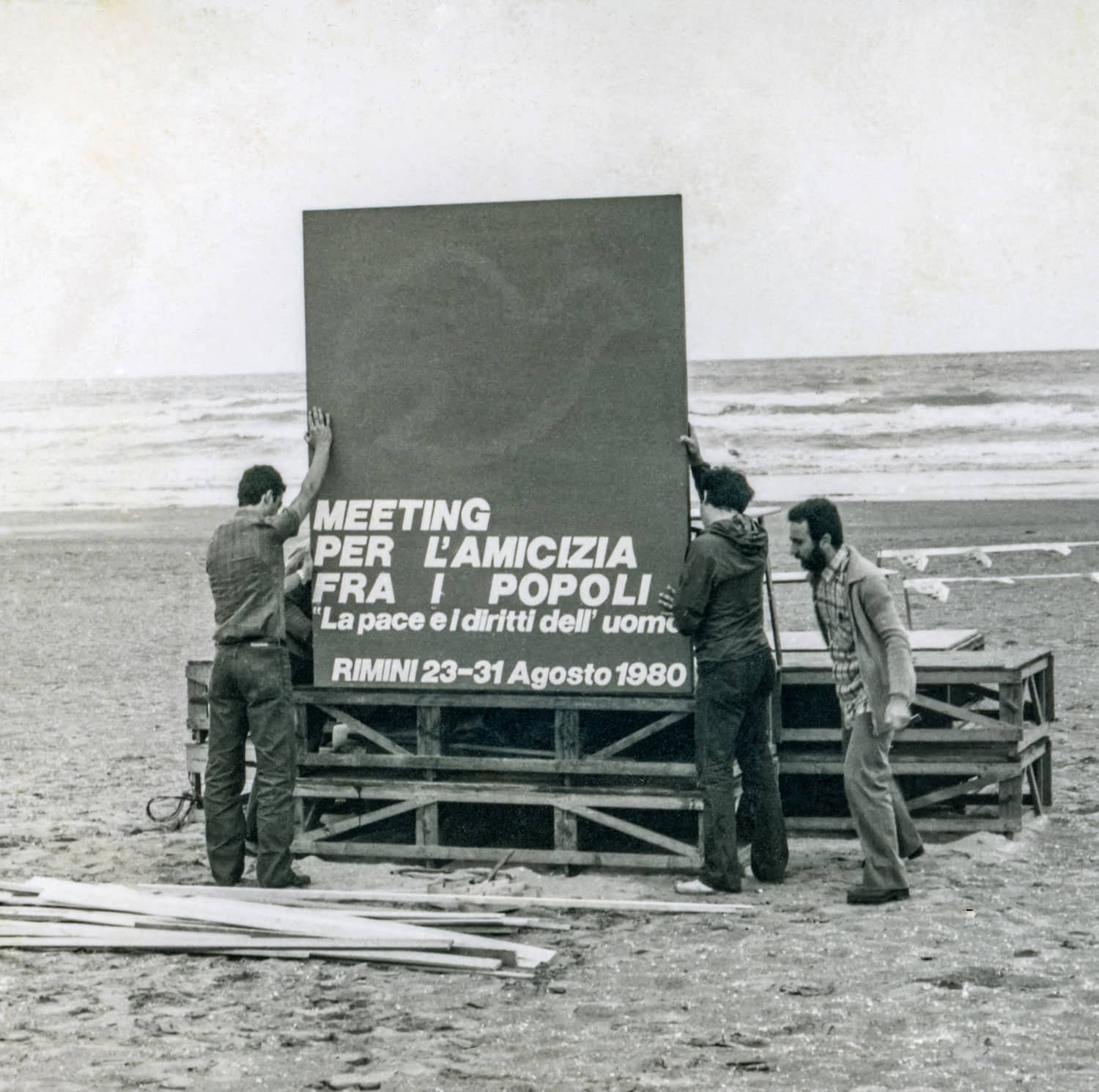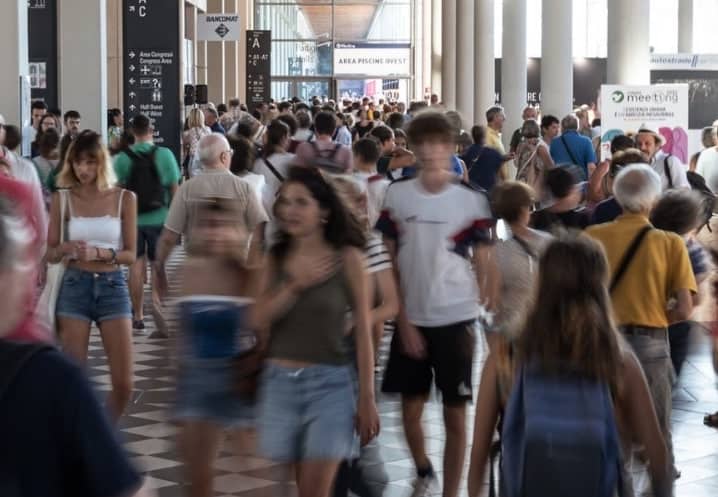A small country within the greatness of history
‘Re-assessing the history of one’s country is an important operation that can lead to a better understanding of one’s roots and to identifying with one’s past in order to better appreciate the present and plan the future. And the events relating to emigration, to the rediscovery of troubled and recent occurrences that often seem so distant from our daily lives, are so universal as to still be considered topical even today. San Marino, a small country with centuries-old traditions, was also involved in the great migratory flows of the late-19th century. Beginning in the 19th right up to the mid-20th centuries, the small Republic was, like most other European countries and nearby Italy, a land of exodus, a complex and heterogeneous movement that involved Europe and the world as a whole, albeit to a different extent and with different consequences. This exhibition has been organised not only to recall the thousands of San Marino citizens who, in the past, were forced or chose to emigrate to foreign lands, but above all to represent a positive model for those countries which are still today faced with these same problems. In narrating its small migratory history, San Marino intends conveying a message of hope to tackle under the banner of human solidarity the great and current migratory flows from the south and east of the world. Because, though in different guises, the various stages of this complex phenomenon, that forces people to abandon their homes and loved ones and depart for a new and unknown world, re-present themselves with all their dramatic force. The problems, hardships, inevitable daily stories of bitterness are forever repeated: the search for a job, the desire to experience things new, the escape from no longer acceptable economic and political situations and then the meeting with new things, the first discoveries, the attempt to integrate, the quest for consideration and appreciation, nostalgia, racism; all these are to be found in human behaviour and the successive migratory cycles. The example of a small country, with over 13,000 citizens living around the world, must help eliminate barriers, because migrations not only produce culture encounters-clashes, but also and above all transformation, change, improvement for a different construction of space.’









